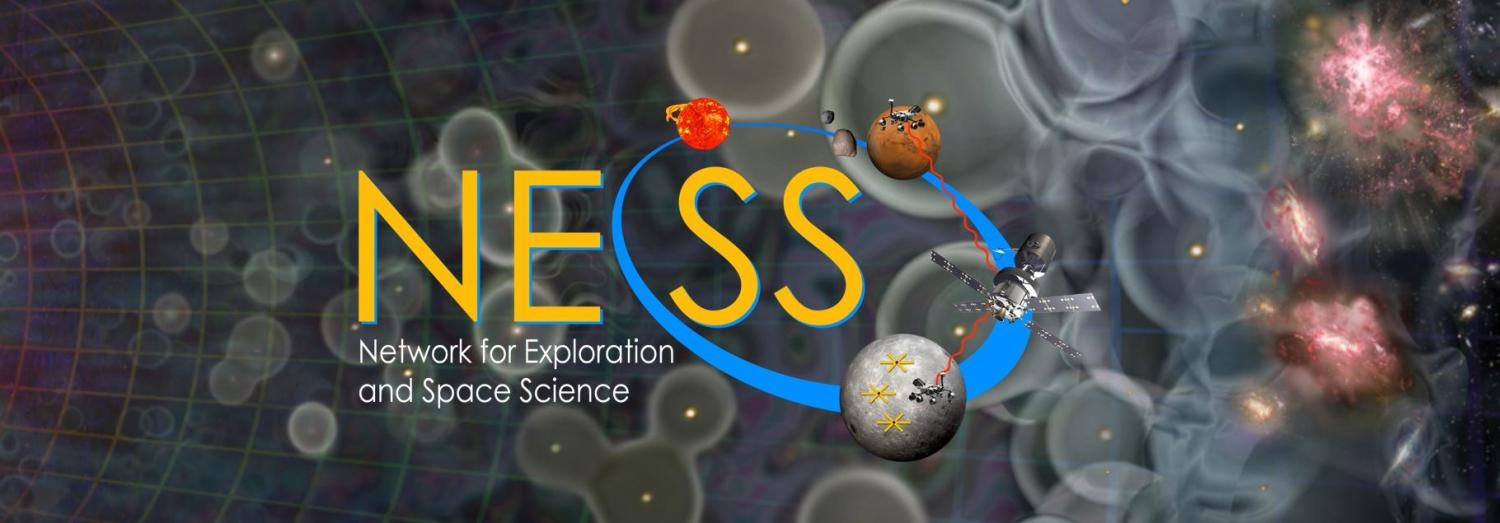NESS

Burns was recently the Director and Principal Investigator of the NASA-funded Network for Exploration and Space Science (NESS) a five-year, $3.5 million cooperative agreement from NASA to research the science and design of astronomical observatories on the Moon. NESS operated from 2017-2023.
NESS was one of four new research groups named to join the existing nine that comprise NASA’s Solar System Exploration Research Virtual Institute (SSERVI). SSERVI fosters collaborations with science and exploration communities, enabling cross-disciplinary partnerships with research institutes both domestic and abroad. NESS science derived from the recommendations of three space science Decadal Surveys, the NASA Astrophysics Roadmap, and the Global Exploration Roadmap.
NESS furthered the Solar System Exploration Research Virtual Institute's (SSERVI) goals of “innovative, broadly-based basic and applied research” that “enable human exploration at target destinations” and focuses on the following cutting edge topics:
- Human-assisted telerobotic operation of planetary surface science and exploration assets from platforms orbiting the Moon and Mars
- Generation and monitoring of energetic solar particle events that are potentially harmful to life in interplanetary space and in extrasolar systems
- Dust environments of space and exploration target bodies
- Detection of the first stars and galaxies in the early universe
- Characterization of habitable exoplanets
NESS proposed a transformative space science agenda supported by NASA's exploration objectives at target destinations. The technical approach included humans and robots working in tandem to explore at target bodies as well as building, operating, and servicing scientific instrumentation by using cis-lunar space as a science-enabling stepping-stone towards a “Journey to Mars.” The four interconnected key projects focused on:
- Discovery science, including exploration science and surface telerobotics
- Heliophysics and space physics
- Astrophysics and cosmic dawn
- Habitable exoplanets

